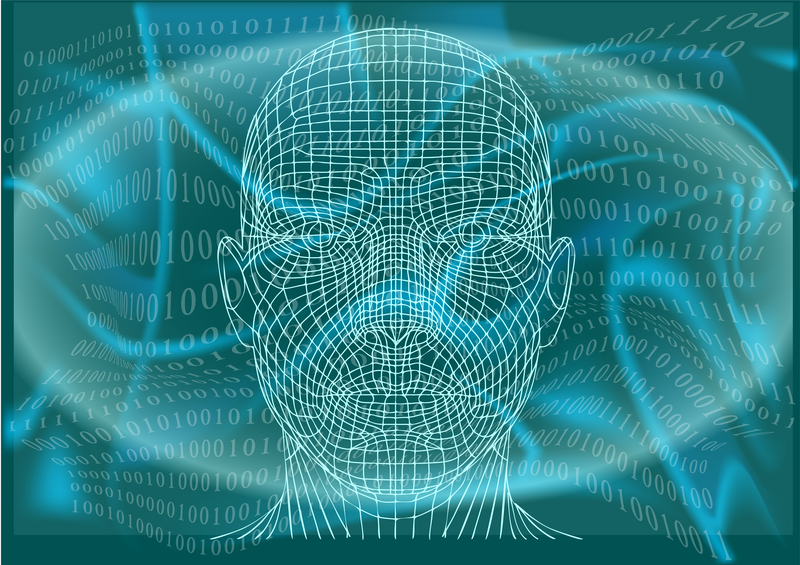You’d be surprised to know that even if the power grid is down, we could still have access to electricity. We must use that precious time to efficiently gather and analyze information that we can use to keep ourselves out of harm’s way.
How to Remain At Ease in a SHTF Situation
In 2014, a small group of volunteers and I battle tracked the Ferguson riots. We analyzed the strength, disposition, and capabilities of local security forces. Knowing what equipment they had enabled us to better understand how they would react to unrest. We similarly analyzed the protest groups and identified associated individuals.
What both of these groups had in common is that they were both producing information of intelligence value. Through something as simple as listening to the police scanner, our team was able to plot out the current reported locations of law enforcement and the National Guard.
We took information reported on local emergency frequencies and plotted those locations on the map using Google Earth. We also pinned several National Guard posts as they reported their locations.
Through the night, we continued to use photographs uploaded into social media and news articles in order to identify the photos’ locations. Then we plotted them on a map. Had we lived in Ferguson, we could have used this intelligence to navigate our way to friends and family, or to help friends and family navigate away from the threats. All this information was publicly available, so we call it Open Source Intelligence, or OSINT.
So what do I do if there’s a grid-down situation?
First understand that there may still be electricity in a grid-down environment. As long as there are generators, and given that there’s not been an EMP, then someone somewhere will have electricity. My local law enforcement agency claims to have enough fuel for two weeks of backup power were things were to go sideways.
If there’s no power, then we’ll have to rely on Human Intelligence, called HUMINT. That means getting out and talking to people. It could mean a reconnaissance patrol. An observation post equipped with a field phone, sending back intelligence information is another example.
While these are all military examples, there are similar community equivalents. Consider this: technology is a force multiplier. With SIGINT or OSINT, we can be very wide and very deep in our intelligence gathering. That’s a 1:n ratio. We have one collection platform, in this case a radio receiver, and we can scan a very wide band to collect information from anyone who’s transmitting. But when we deal with human intelligence, we’re often on a 1:1 ratio; that is, one collector speaking to one source at any given time. That’s a very slow and difficult way to do business.
Wouldn’t it makes sense to scale that ratio to 10:10 or 100:100? Every set of eyes and ears is a sensor, so we as an intelligence element tasked with providing intelligence for community security should absolutely be interested in encouraging community members to passively collect lots of information. Then we’re engaged in the arduous task of compiling and evaluating that information in order to create intelligence.
What other tips do you have for gathering and analyzing intelligence when SHTF?
Article Source: Tactical Intelligence
